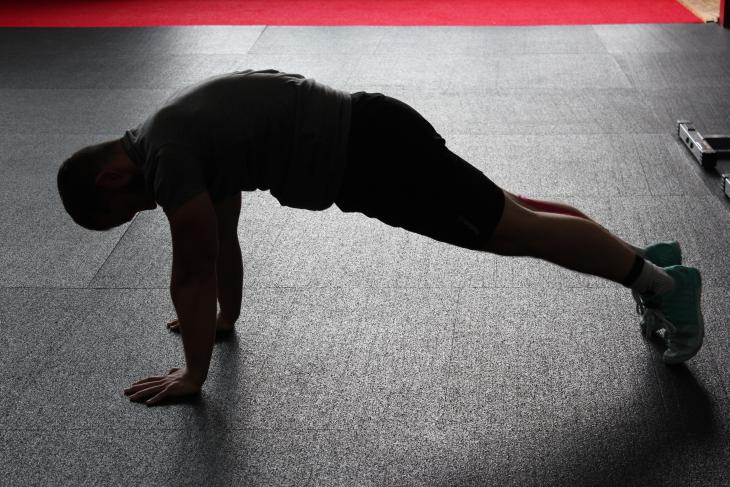Continuing on from last month's blog entry, we are going to look at 2 further injuries that are common when playing tennis and how you can look after yourself when playing.
Muscular strains

Muscular strains are certainly not exclusive to tennis, but again the sudden movements required may place you at an increased risk. Common sites of strain in tennis are the hamstring (the back of your thigh) and the calf. Muscular strains typically occur during a lengthening movement where the muscle is trying to provide a breaking force, such as lunging forward to reach a ball, or suddenly pushing off to change direction.
How to avoid
- Aim to warm up for at least 10minutes before you play, including a gradual increase from jogging to sprinting movements.
- Ensure you stretch gently during your warm up, but keep your stretches relatively short, less than 30 seconds and don’t push into aggressive holds (Long stretching holds are best left for your warm down or the next day!)
- Include some other form of strengthening exercise in your fitness repertoire- reformer pilates or resistance exercises using gym equipment are both good options. Strong but flexible muscles are most likely to withstand the demands of tennis!
Back pain and stress fractures

The repeated extension (back bending) movements required with tennis, combined with a lot of extension and rotation places quite a demand on the vertebrae. For many people, this may just result in some discomfort and irritation of the joints, but there is a risk that over time it may result in a fracture of part of the vertebrae known of the pars interarticularis. This is not as common as the previous injuries we have discussed, but worth a mention as it can be serious if missed. It is also far more common in adolescents, particularly if they are having/have had a recent growth spurt.
How to avoid
- This injury is an issue of overload, so rest days and recovery periods are critical.
- A flexibility and core strength programme is also useful in ensuring that load is being distributed evenly and power transmitted effectively during serving and groundstrokes.
Final thoughts and key points
- Increase your playing days per week gradually- many tennis injuries are due to overload, meaning a sudden increase in demand that your body is not yet equipped to deal with. The good news is, it also means most can be avoided!
- If you’re getting started, or even if you are a returning veteran, having the guidance of a coach will help to prevent many of the technical errors that lead to poor loading of your body and contribute to injury.
- Ensure you’ve got the right gear!
If in doubt, seek the advice of your physiotherapist if you are concerned about a previous injury or are experiencing early signs of injury. Many tennis injuries can be dealt with in a timely manner if caught early, so don’t let your niggles progress to injuries.
Our Barnes Clinic
Our clinic is located in Barnes, South-West London and is easily accessible by public transport.
For more information including parking and other practicalities see our Barnes clinic page
Book an Appointment
Booking an appointment with one of our therapists is quick and easy. There is no long waiting time and you don’t need a referral from your GP.










